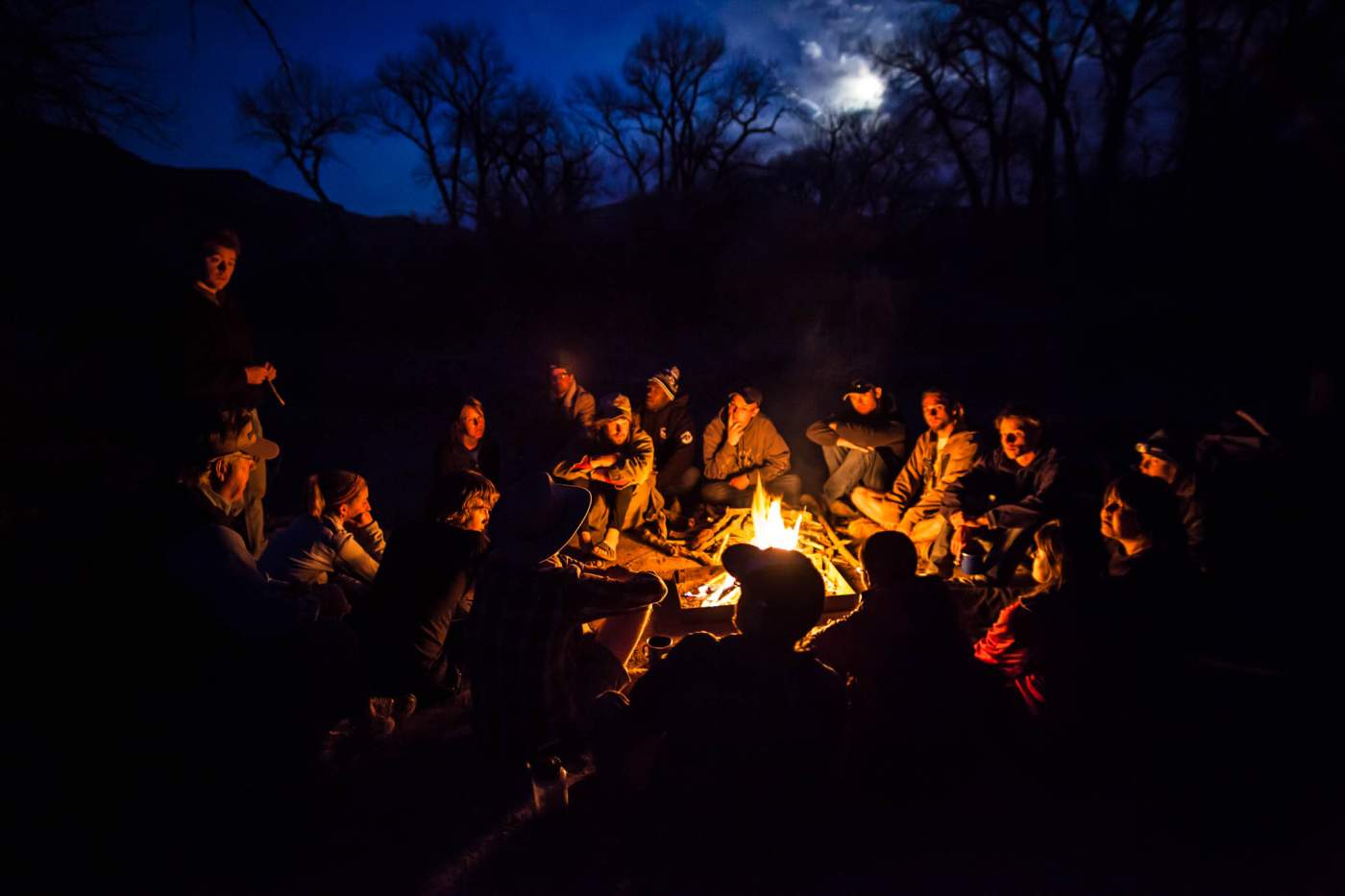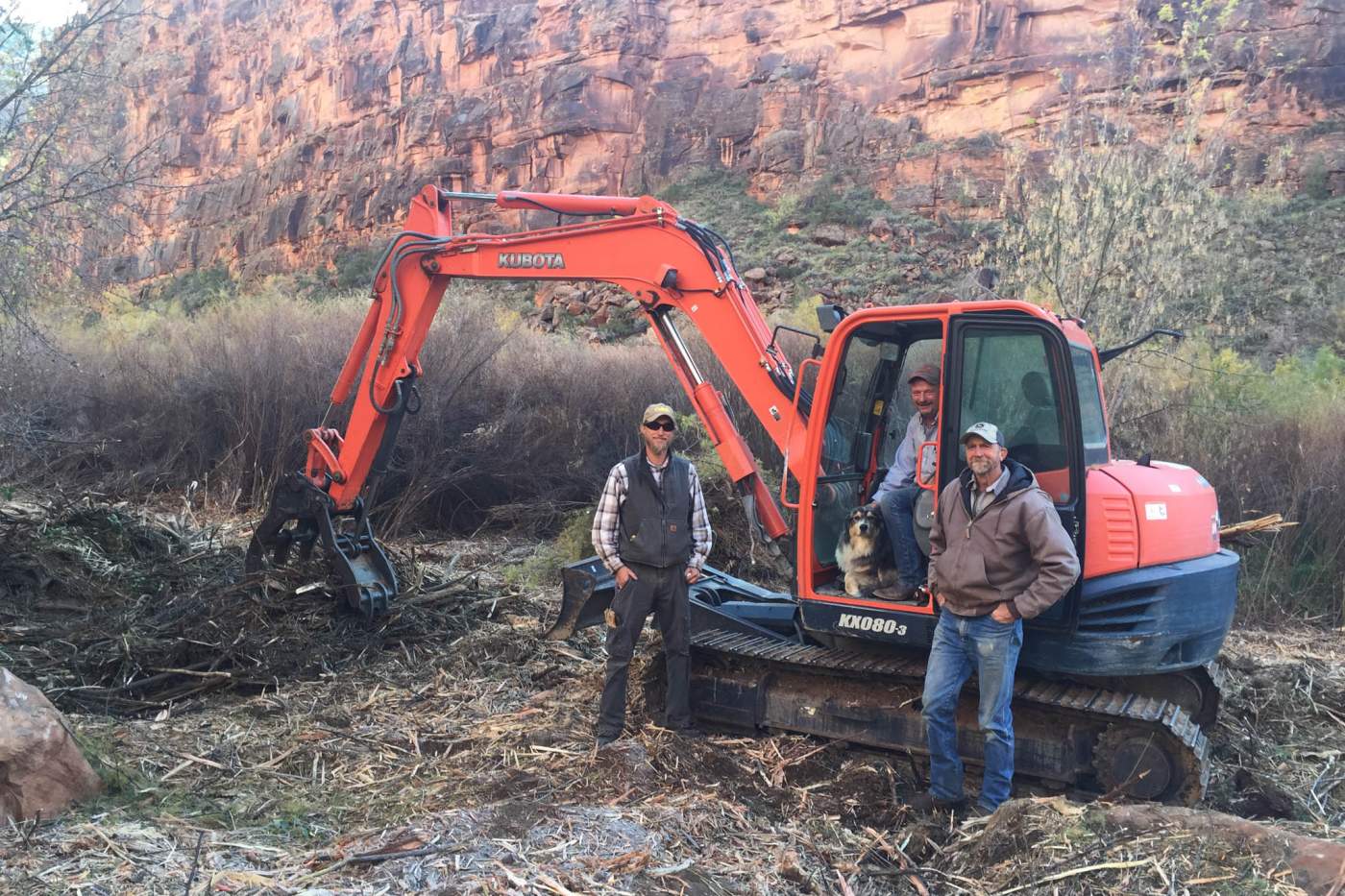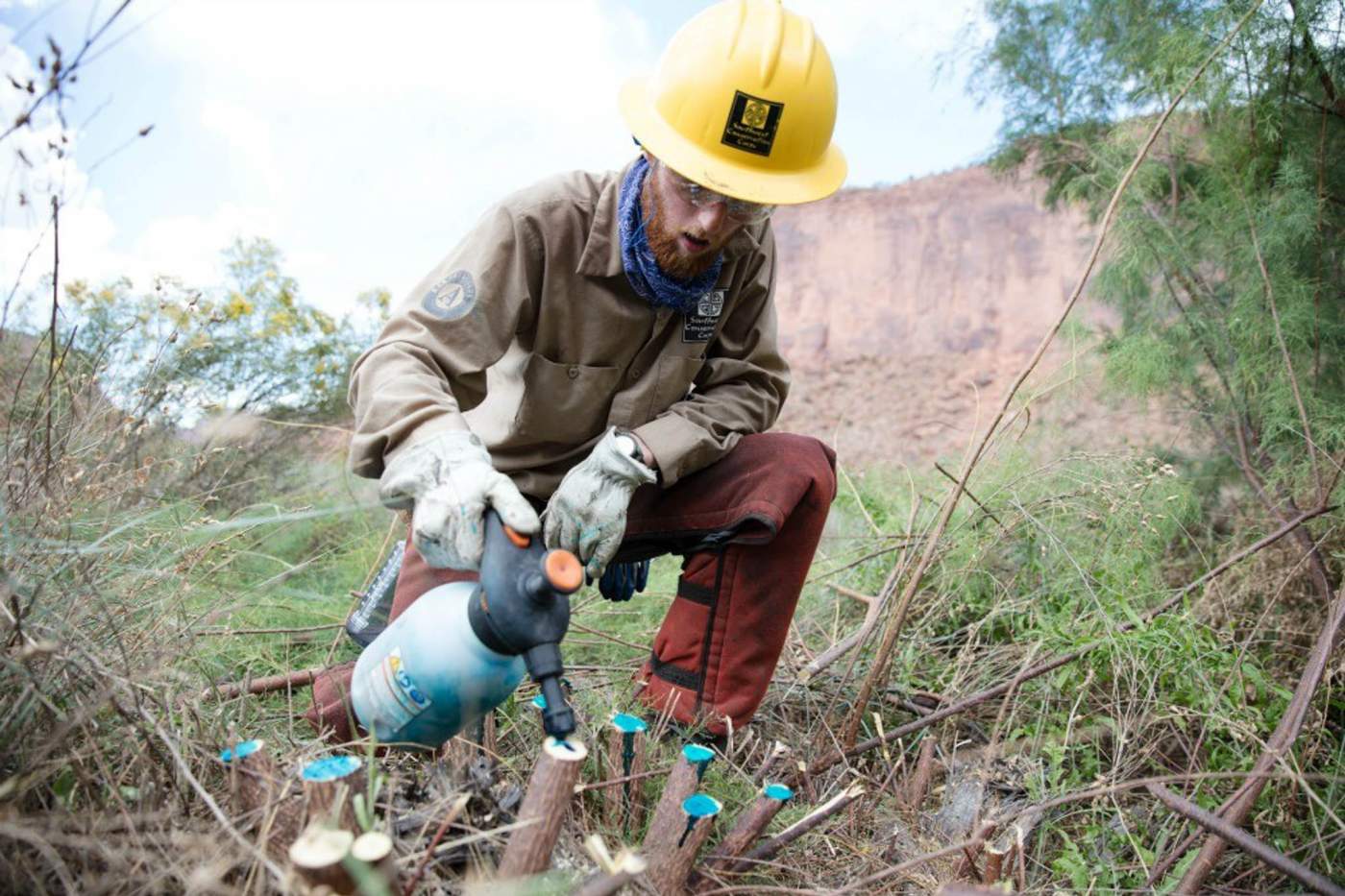The overarching vision of the Dolores River Restoration Partnership is a thriving Dolores River system that is ecologically, socially, and economically sustainable in a multi-use context. Work towards this vision is guided by four sets of partnership goals:
Ecological
Increase the number of acres of sustainable, healthy riparian and floodplain plant communities in the watershed while reducing those dominated by tamarisk and other invasive, non-native plant species.
Social
Increase opportunities for the next generation of stewards with regional conservation and youth corps programs that support underserved young adults; improve aesthetic enjoyment; and increase public safety.
Economic
Increase employment opportunities for contractors and youth in the Dolores River area; invest in the local economies of the Dolores River Area; improve effectiveness and financial efficiency of our riparian restoration; enhance visitor experience for recreation; and leverage funds from local, state, federal, and private sources to advance funding strategies.
Management
Facilitate communications between land managers and partners to help coordinate treatments, share lessons learned and increase treatment effectiveness/efficiency; incorporate educational and interpretative practices to enhance public understanding and appreciation of riparian restoration actions.
Watershed Plan
In 2010, stakeholders completed the Dolores River Riparian Action Plan (DR-RAP) to articulate the science-driven vision, goals, and site selection criteria of the DRRP as well as to facilitate increased collaboration, adaptive management, and information exchange across the Dolores River for the ultimate goal of achieving large-scale meaningful success.
Given the variety of public agencies and private landowners engaged in restoration work within the partnership, DR-RAP was felt to be—and remains today—an important guiding tool that effectively established shared goals and a level of consistency for restoring riparian plant communities along the Dolores River across six counties, four Bureau of Land Management (BLM) Field Offices, and two states. This consistency was established through a set of prioritization criteria, dictating where restoration should occur, as well as with an outline of restoration methods that extended from initial treatments to short and long-term monitoring and maintenance.
DR-RAP identifies approximately 1,900 acres of riparian habitat along the Dolores River that have been prioritized for active treatment; this includes a variety of treatments, including control of invasive plants (e.g. tamarisk, Siberian elm, and Russian knapweed), planting and seeding select sites with native species of grasses, shrubs, and trees (e.g. coyote willow, cottonwoods, inland salt grass, and four-wing saltbush), and installing cattle guards and other infrastructure as part of ongoing grazing management efforts in the riparian corridor.
Project Timeline
Looking ahead, the DRRP continues to transition away from initial tamarisk treatments on public lands. Much of the heavy lifting (e.g. tamarisk resprouts, secondary weeds, active revegetation) has been completed and crews are focusing on initial treatments in hard-to-reach areas and maintenance of previous project sites.
Memorandum of Understanding
In April 2021 partners signed an updated DRRP Memorandum of Understanding (MOU) for the third time in the history of the partnership. This MOU is a non-binding agreement which is meant to encourage collaborative riparian restoration along the Dolores River. Additionally, it serves to identify the ecological, social, cultural, and economic goals of the DRRP.
Accomplishments
While the Dolores River Restoration Partnership (DRRP) has had many successes on the ground, perhaps the greatest achievement has been the partnership itself. In 2009, the partnership realized that a piecemeal approach toward large landscape restoration along the Dolores was going to be insufficient. Collaboration and shared decision-making across public and private land parcels was necessary to achieve our goals of restoring health to streamside habitat.
The creating and sustaining of the DRRP has provided a model to others in a variety of ways, including: working effectively over large spatial scales and with a variety of partners; incorporating equity into processes for hiring and working with private contractors; proactive, sophisticated planning for long-term maintenance; and supporting Conservation Corps crews in professional development. Recently, the partnership developed an innovative internship program, which pairs exceptional Corps members with public land managers from the Bureau of Land Management. Bridging all four DR-RAP goals, the internship program bolsters the young adults’ experience and skill set while also increasing the effectiveness and efficiency of restoration work with highly trained interns.
In 2014, the DRRP was selected as the winner of the 2014 Colorado Collaboration Award, a $50,000 prize that recognizes excellence and innovation in nonprofit partnerships.




